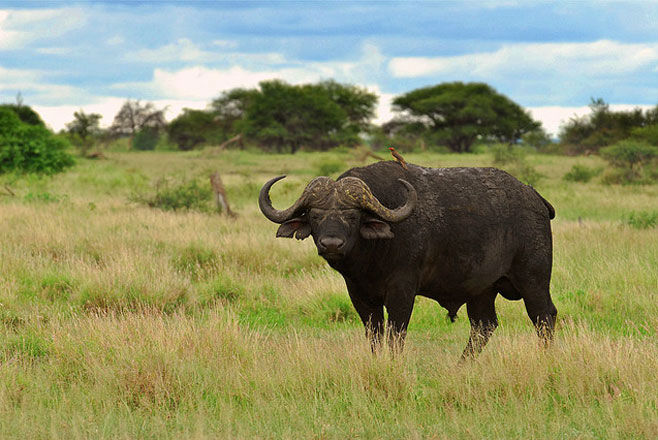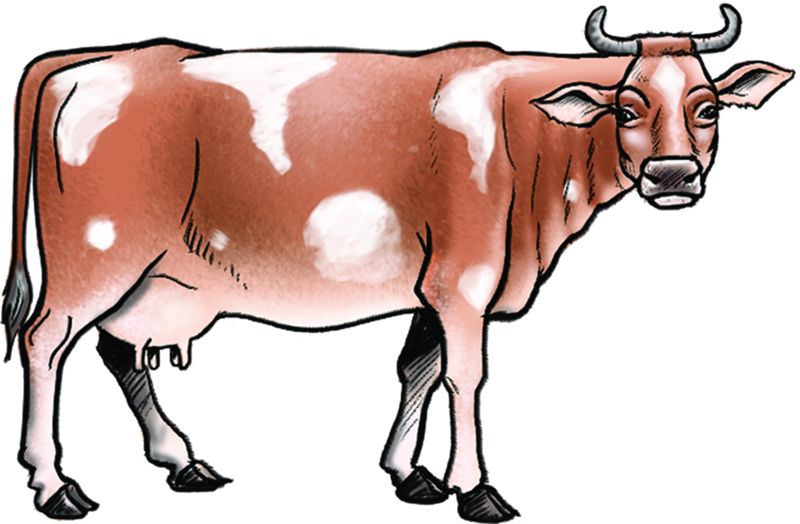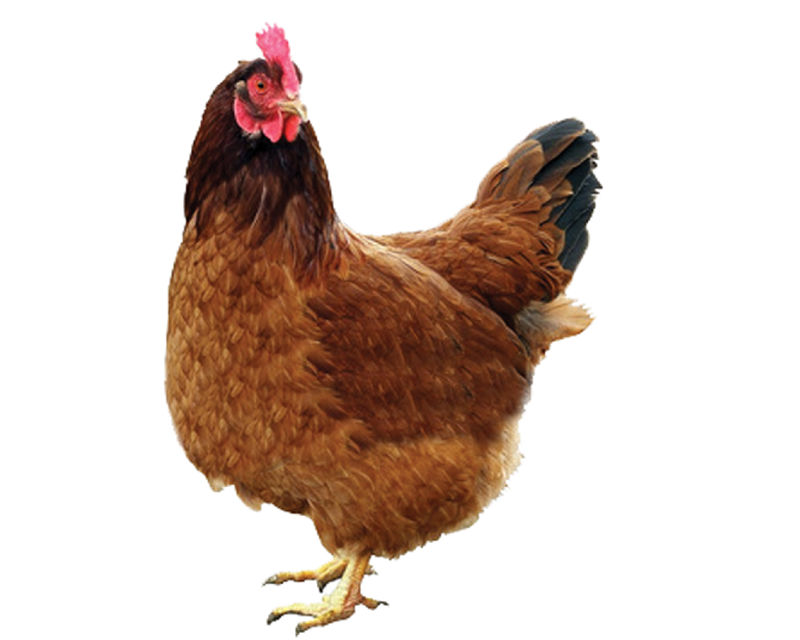Specific Objectives
By the end of this topic, you should be able to:
- State briefly the general principles for the classification of living beings.
- State the general characteristics of each of the five kingdoms.
- State the main characteristics of Arthropoda, Chordata, and major divisions of Plantae.
- Name some of the classes of Spermatophyta.
- Describe the main characteristics of the classes of Arthropoda and Chordata.
- Use observable external features to construct simple dichotomous keys of plants and animals.
- Use already constructed dichotomous keys to identify organisms.



